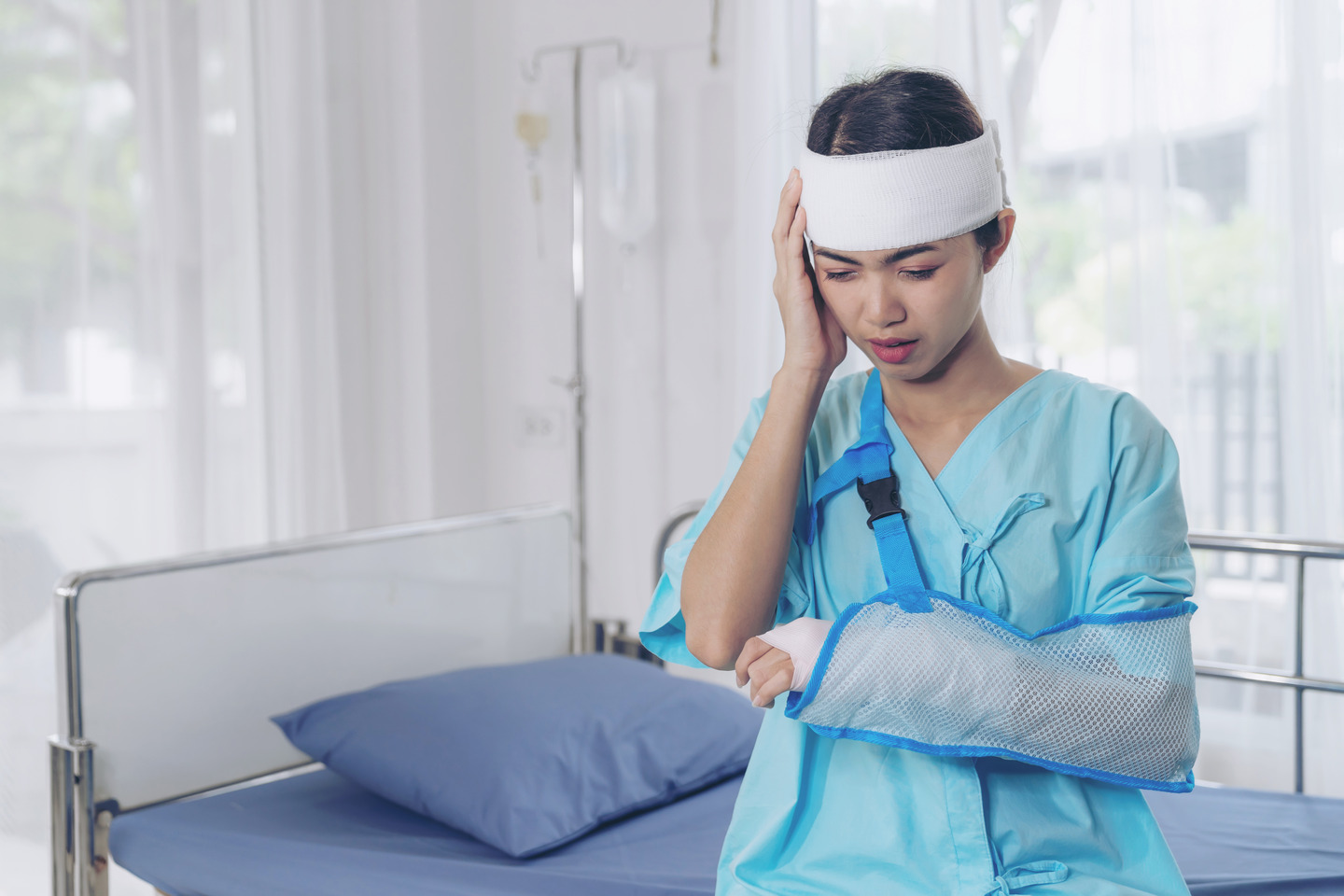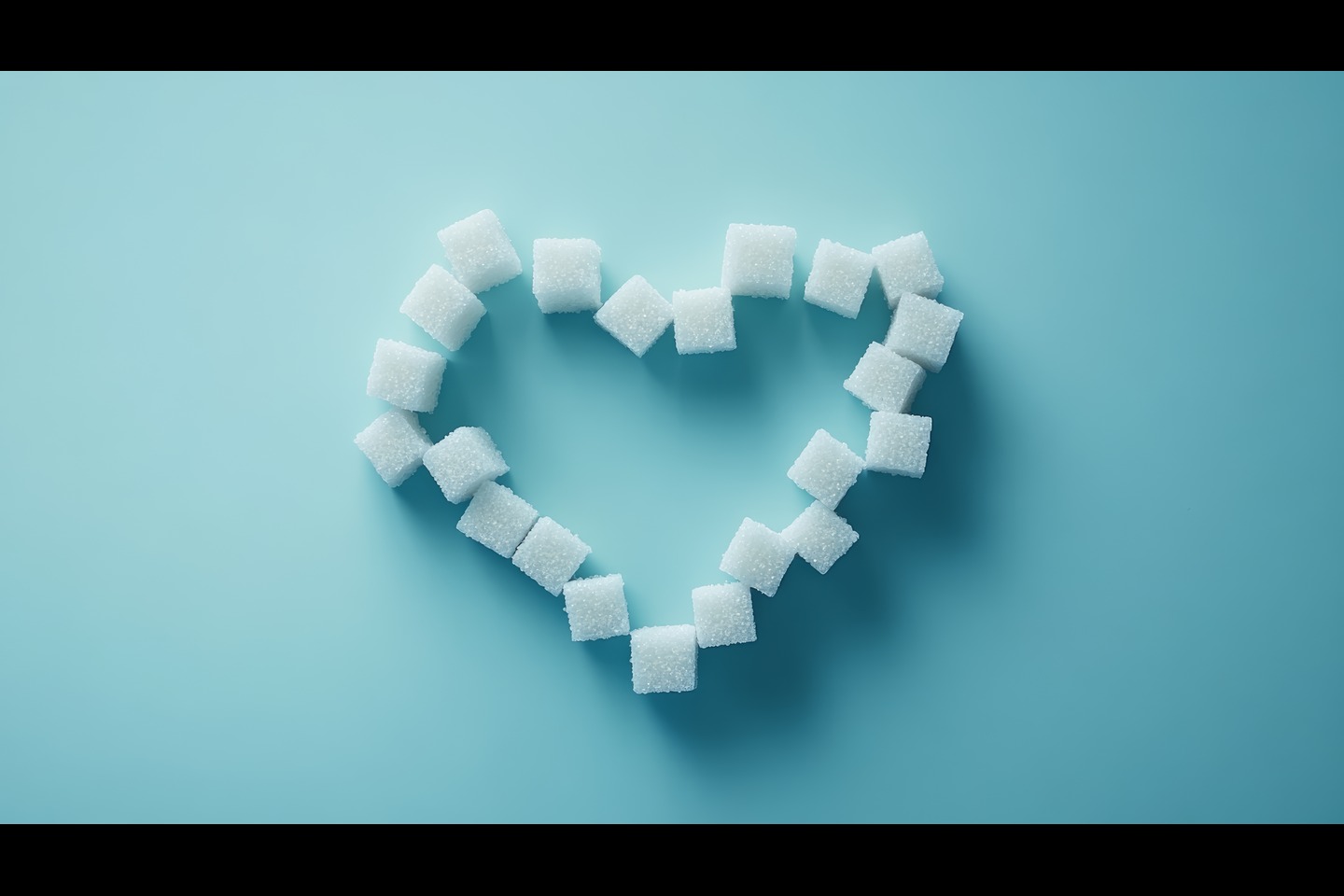Medical Devices
Common Types of Trauma Injuries: From Head Trauma to Fractures

Have you ever thought about how quickly life can change in just a few moments? Trauma injuries happen when we least expect them—whether it is a fall, a car accident, or a simple slip. The impact of these injuries can be severe. With World Trauma Day around the corner, it is the perfect time to learn more about common types of trauma injuries and why the first hour after an accident is so critical.
What Are Trauma Injuries?
Trauma injuries happen when the body is hurt by outside forces, like accidents, falls, or violence. These injuries can be minor, like bruises and cuts, or more serious, such as head injuries, spinal cord damage, or broken bones. Trauma is usually sudden, and how bad the injury is depends on how strong the force is. Trauma injuries are grouped based on the body part which is affected, such as the head, chest, stomach, or limbs, and they can range from mild to very dangerous.
What is the First Golden Hour of a Trauma Accident?
The "Golden Hour" is the first hour after a traumatic injury. This time is very important because getting medical help quickly can increase the chances of survival and lower the risk of long-term problems. The main idea is that fast treatment can stop the injury from getting worse, control bleeding, and help stabilize the patient's condition.
Importance of the Golden Hour
In the Golden Hour, quick action is crucial. Getting medical help during this time can mean the difference between life and death in serious trauma cases. Acting fast also helps with better recovery and reduces the risk of disabilities. Emergency teams focus on stabilizing important functions like breathing, blood flow, and controlling bleeding during this period.
Steps to Take During the Golden Hour
- Call for emergency help right away: The most important thing to do is make sure trained professionals are coming.
- Give basic first aid: If you know how, provide first aid while waiting for help. This can include stopping bleeding, giving CPR if needed, and making sure the injured person is breathing properly.
- Don’t move the injured person unless needed: If you think there’s a head or spine injury, moving them could make it worse.
- Stay calm and reassuring: Keep the injured person calm and let them know help is on the way.
Common Types of Trauma Injuries
Head Trauma
Head trauma is one of the most serious types of injury and can range from mild concussions to life-threatening brain damage. A hit to the head can cause internal bleeding, skull fractures, or brain injury. Symptoms may include dizziness, confusion, fainting, or even seizures. Immediate medical attention is needed to avoid more serious problems.
Spinal Cord Injuries
A spinal cord injury can happen from a fall, accident, or hit to the back. These injuries can lead to partial or full paralysis, depending on how severe the damage is and where it occurs. Symptoms may include loss of feeling, inability to move certain body parts, and trouble breathing. It’s very important to keep the injured person still until medical help arrives to prevent the condition from getting worse.
Chest Trauma
Chest trauma refers to injuries affecting the ribs, lungs, or heart. It can happen from blunt force, like in car accidents, or from sharp injuries like stab wounds. Chest trauma can cause broken ribs, punctured lungs, or heart damage, all of which are life-threatening if not treated right away. Common signs include trouble breathing, chest pain, and a fast heart rate.
Abdominal Trauma
Abdominal trauma impacts internal organs like the liver, kidneys, or intestines. It can result from blunt force or sharp objects. Symptoms include intense stomach pain, swelling, and internal bleeding. Since there may not always be visible signs, it can be harder to detect. Quick medical evaluation is crucial to prevent organ failure or other serious complications.
Orthopedic Injuries (Fractures and Dislocations)
Orthopedic trauma involves bone fractures and joint dislocations, usually caused by falls, sports injuries, or accidents. Fractures can range from small hairline cracks to serious breaks that need surgery. Dislocations happen when a bone moves out of its joint, leading to pain, swelling, and difficulty in moving. Keeping the injured area still and getting medical care quickly are important steps for treating these injuries.
Soft Tissue Injuries
Soft tissue injuries affect muscles, ligaments, or tendons and are often caused by sprains, strains, or cuts. While they are usually less serious than bone or organ injuries, they can still be painful. Treatment often involves rest, ice, compression, and elevation (known as the R.I.C.E. method) to help with healing. In more serious cases, stitches or surgery may be needed.
Small Bones Internal Fixation by Meril
Meril's ARMar and KET Small Bones Internal Fixation system includes specialized bone plates and screws designed for fixing small bones in the body. These devices are used in orthopedic surgeries to stabilize and support fractured or broken bones, ensuring proper healing and alignment. ARMar and KET are crafted to provide durable internal fixation, offering stability for fractures in smaller bones such as those in the hands, feet, wrists, and ankles. These implants help in faster recovery by holding the bones in place while they heal naturally.
Ket Range Of Im Nails by Meril
Meril's KET Range of Intramedullary (IM) Nails is designed to treat fractures in long bones, such as the femur, tibia, and humerus. These IM nails are inserted into the marrow canal of the bone to provide internal support, helping stabilize fractures and aiding in the healing process. The KET IM nails are specifically engineered to offer a balance of strength, flexibility, and durability, ensuring proper alignment and allowing for early mobilization of the patient. They are commonly used in trauma cases where bone fractures need secure, long-lasting fixation.
Radius Internal Fixation by Meril
Meril's ARMar and KET Radius Internal Fixation system is specifically designed for stabilizing fractures of the radius bone, which is one of the two bones in the forearm. These fixation devices, including specialized bone plates and screws, are used in surgical procedures to secure and align the fractured bone for proper healing. The system provides strong and reliable internal support, allowing for early mobility while ensuring the bone heals correctly. This type of fixation is crucial for restoring function and stability to the forearm after a fracture.
Prevention and Preparedness for Trauma Injuries
While trauma injuries are often unpredictable, there are steps we can take to prevent them and be prepared if they do happen.
Safety Measures
Always wear seatbelts, use helmets, and make sure your home and workplace are safe from anything that could cause falls or accidents. By following safety rules in sports, driving, and everyday activities, you can lower the risk of trauma.
Awareness and Training
Being aware of basic first aid and CPR can make a difference in emergencies. Consider taking a first aid course to equip yourself with the knowledge needed to help in case of an injury.
Access to Emergency Services
It's important to know the emergency numbers in your area and make sure you can access reliable medical help. In rural or remote places, having a plan for getting quick medical assistance can be life-saving.
Conclusion
Trauma injuries can be frightening, but being informed and prepared can make all the difference. On this World Trauma Day, take a moment to think about the safety measures you can implement in your life and how a little preparedness can go a long way.
Reference Links:
https://my.clevelandclinic.org/health/articles/traumatic-injury#:~:text=A%20traumatic%20injury%20is%20when,or%20emergency%20services%20right%20away.
https://www.ncbi.nlm.nih.gov/pmc/articles/PMC4478150/
https://www.ncbi.nlm.nih.gov/books/NBK547757/
https://www.hopkinsmedicine.org/health/conditions-and-diseases/head-injury
https://www.mayoclinic.org/diseases-conditions/spinal-cord-injury/symptoms-causes/syc-20377890
https://www.ncbi.nlm.nih.gov/books/NBK482194/
https://www.ncbi.nlm.nih.gov/books/NBK431087/#:~:text=Pathophysiology,%2C%20such%20as%20extremity%20injuries.%20%5B
https://www.medicalnewstoday.com/articles/173312
https://www.ncbi.nlm.nih.gov/pmc/articles/PMC3396304/#:~:text=Rest%2C%20ice%2C%20compression%2C%20and%20elevation%20(RICE)%20are,such%20as%20acute%20ankle%20sprain.&text=Inflammation%20causes%20pain%2C%20edema%2C%20hyperalgesia,rehabilitation%20required%20for%20proper%20healing.





